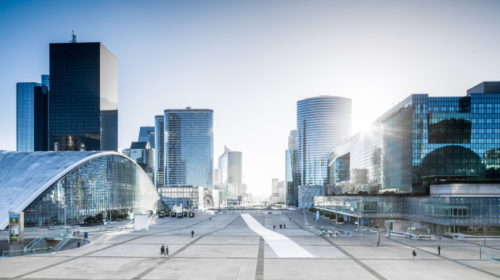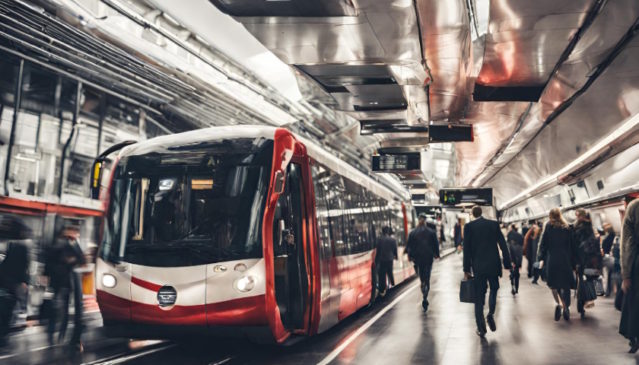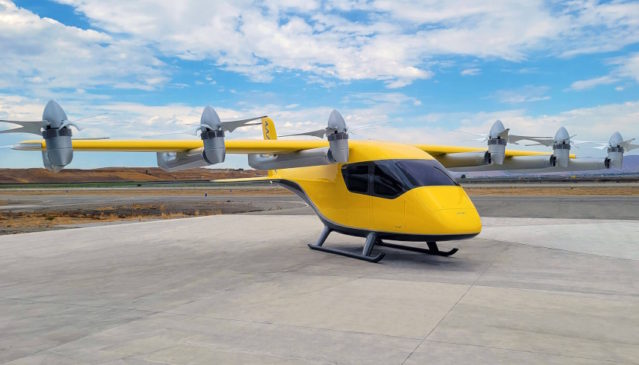Investments in urban infrastructure aimed at implementing new visions for cities will reach $375bn by 2030 as cities invest in brownfield and greenfield projects, according to research.
ABI Research said just as global urbanisation will continue unabated, it is equally clear that current concepts of urban living and infrastructure are neither sustainable nor scalable from “an environmental impact, resilience, cost, and humanised living perspective”.
New urban visions
The analyst reckons the status quo of polluted, hazardous, and gridlocked cities is beginning to change and its Future Urbanisation Concepts application analysis highlights new urban visions and technologies that could transform how society thinks of cities.
“The very concept of cities will change profoundly and structurally,” said Dominique Bonte, vice president end markets and verticals at ABI Research, supporting the view by citing new urban visions such as The Line in Saudi Arabia and Telosa in the US that propose fundamentally new infrastructure templates for city living based on green, pedestrianised, and 20-minute neighbourhoods.
Typically, such cities will be served by on-demand mobility, retail, healthcare, and delivery robots, while banning traditional transportation, energy, and utilities layers to underground levels.
“While many of these new city visions may never see the light of day, they do offer a glimpse into a more humanised, sustainable, and resilient urban future, much of which will be realised by gradually retrofitting and/or upgrading existing urban infrastructure in the next decades,” added Bonte.
The report points out that drivers behind urban innovation are numerous but both the digitalisation of lifestyles, accelerated by Covid-19, and the increasingly pressing need to address climate change “are powerful engines” for metropolitan transformation. Additional agents of change include the call for more equity and inclusiveness, scalable economic development, and more affordable living.
ABI notes that although the most visible aspects of this urban revolution are linked to physical assets, ranging from more distributed city footprints to green infrastructure, adaptable urban spaces and modular roads and buildings, the invisible digital layers and related processes are equally important.
According to ABI, the new concepts are driving investment in smart city infrastructure and are cites technologies such as connected sensors, software management platforms, digital twins, blockchain, electrification and process automation as among the transformative solutions that will ultimately realise the “autonomous city of the future”.
Source: smartcitiesworld.net
Source: IOT NETWORK NEWS





